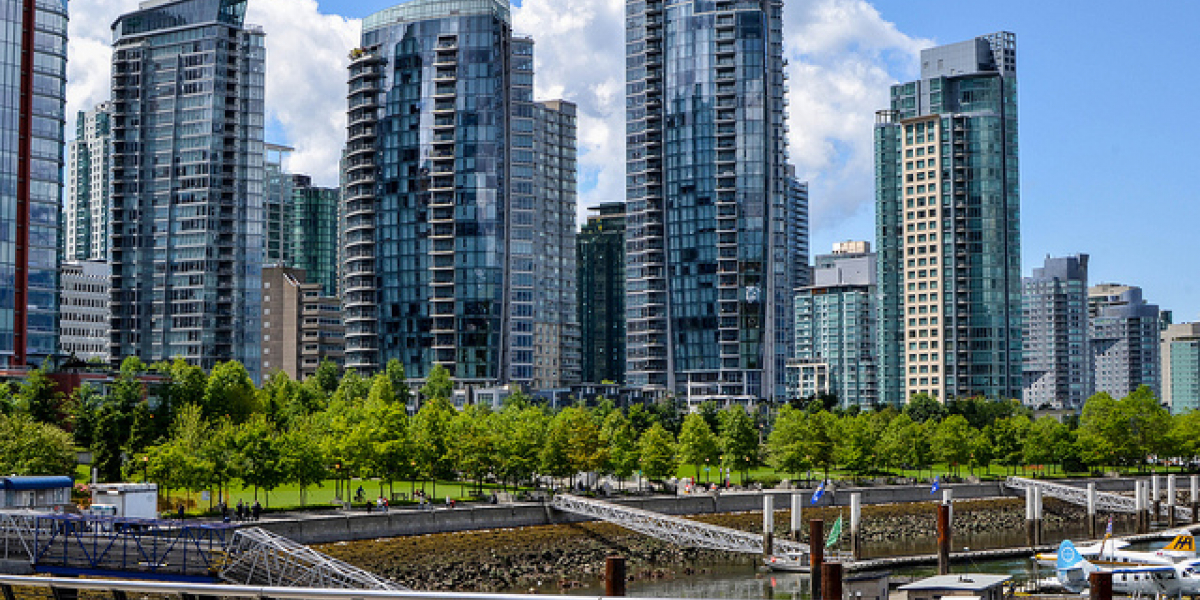
Some potentially big news came out of the US White House last week, without making much of a splash. So on this #CleanWaterWednesday, we look at a new US federal directive on natural capital and ecosystem services and we ask ourselves, why are Americans asking themselves “what’s nature got to do with it?”
On October 7th (coincidentally, another #CleanWaterWednesday), the Obama administration released a Directive instructing federal departments and agencies to factor the value of ecosystem services in their decision-making. Let’s unpack this in a few steps.
Step 1: Pardon me, ecosystem services?
The term ecosystem services – admittedly not the most clear or catchy combination of words – refers to all those wonderful services that our natural environment provides us. The WAVES project may explain it best: Ecosystems produce “services that are often ‘invisible’ to most people such as air and water filtration, flood protection, carbon storage, pollination for crops, and habitat for fisheries and wildlife.” Essentially, it includes all the “services” that nature provides to us that allow humans to exist, thrive, prosper.
Step 2: Ecosystem services, so what?
These ecosystem services are critically important to humans (and other species, for that matter). However, while we know they’re valuable (some would say, invaluable), their values are not captured in a price. Again turning to WAVES, “these values are not readily captured in markets, so we don’t really know how much they contribute to the economy and livelihoods. We often take these services for granted and don’t know what it would cost if we lose them.” That’s the crux of the issue and what has caused the US federal government to act – we know these ecosystem services are critically important, but we’re not factoring them into our decision-making.
Step 3: What is Obama’s directive going to do about it?
The new Directive has 2 points. Quoting it directly (but the bold is my addition):
“Specifically, this memorandum:
(1) Directs agencies to develop and institutionalize policies to promote consideration of ecosystem services, where appropriate and practicable, in planning, investments, and regulatory contexts. (Consideration of ecosystem services may be accomplished through a range of qualitative and quantitative methods to identify and characterize ecosystem services, affected communities' needs for those services, metrics for changes to those services and, where appropriate, monetary or nonmonetary values for those services.)
(2) Sets forth the process for development of implementation guidance and directs agencies to implement aforementioned policies and integrate assessments of ecosystem services, at the appropriate scale, into relevant programs and projects, in accordance with their statutory authority.”
I’ve added the bold because this is actually pretty groundbreaking stuff. “Planning, investment and regulatory contexts” – that encompasses a lot of federal activity. That means financial decisions, laws and forward-looking exercises. We’ll see what this means in practice, but in theory, it could capture a lot of decisions. And “relevant programs and projects” is interesting too – this is not just a directive intended to apply to a few niche projects or to small programs, but to relevant programs AND projects.
Step 4: What’s a statement like this really going to do?
Well, time will tell. Right now, it’s a big step forward to issue a Directive like this, but the implementation is where the details will be figured out and where the Directive’s ultimate influence will be determined. History, however, shows that when US President Reagan introduced a Directive that cost-benefit analysis be used in federal departments and agencies, it increased the use of economics in decision-making around major projects. (For more, see the Wikipedia page on cost-benefit analysis – and thanks to Rob Smith of Midsummer Analytics for pointing out this history.)
Agencies have 14 months to develop and implement policies. Of particular note is this point made in the Directive, “These policies do not need to be standalone documents and may be most useful when incorporated into existing decision-making frameworks and analyses.” This indicates that these are not just “add-on” analyses that should be undertaken, but are instead meant to be taken seriously by analysts and decision-makers as part of their policy and program development work.
Step 5: And in the True North Strong and Free?
What does this mean for Canada? Well, Canada has its own directives on how to think about our environment in decision-making. First, Canada has requirements for cost-benefit analysis of major projects and policies as part of the Cabinet decision-making process (along with many other types of analysis required). Second, for regulations, a Regulatory Impact Analysis Statement (RIAS) is also required, which looks at impacts and costs in more detail, including compliance costs for the regulated industry or sector. And Canada also has a Cabinet Directive on Strategic Environmental Assessment that directs all departments and agencies to include in their proposals to Cabinet a consideration of the environmental impacts (positive or negative) from the decision at hand, if the implementation of that decision would have an impact on the environment. This directive doesn’t require assessment of impacts on ecosystem services explicitly, but instead requires an assessment of what impacts might be, and they could include impacts to ecosystems’ ability to provide these services to us. (See Chapter 3 of this report for an assessment of how Canada’s doing in implementing the Cabinet Directive.)
And what’s more, there is lots of interesting ecosystem services related work going on in Canada (see this project from Statistics Canada, for example, or this from the Canadian Forest Services). So while consideration of ecosystem services hasn’t been given the same level of prominence in Canada as it received in the US last week, it is definitely bubbling under the surface of federal Canadian policy efforts. Who knows, maybe we’ll make our own big waves soon too?
Image from Laurie Illan, Flickr